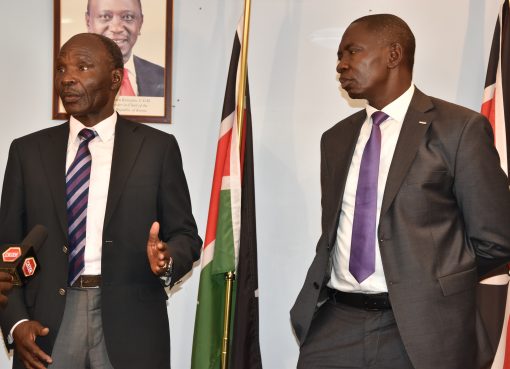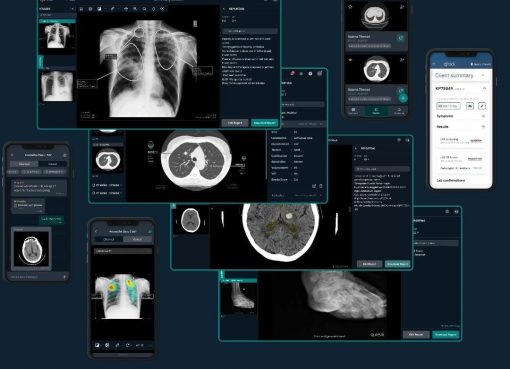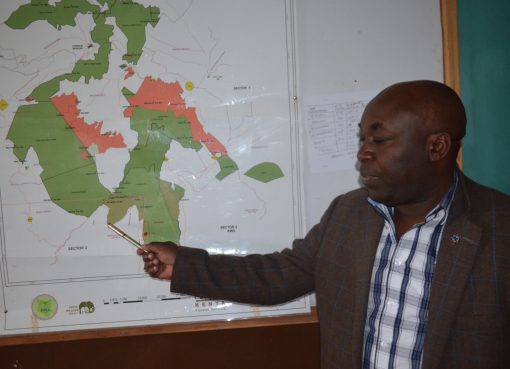In Got Anyango Village in Central Asembo location, Rarieda Sub County in Siaya, 35-year-old Boniface Otieno and his wife Eveline Otieno, aged 26, could pass for an ordinary couple engaging in the typical small village life.
This seemingly ordinary appearance is a sharp contrast to the struggle that the family has been dealing with, and until recently, they did not know the cause and could not afford any form of medical intervention.
Eveline, now a mother of four, recalls her never-ending battle with what she termed as difficulty in seeing especially indoors and in poor light, a struggle she has been living with since her childhood years.
Shortly after she gave birth to her thirdborn son, she noticed the baby had very little notice of his surroundings and hardly coordinated his vision with his movements. Now seven years old, he still faces the same challenge, which has made even learning an uphill task since he relies on his older sibling to assist him with his homework.
When Eveline gave birth to her last child, Ruth, now two years old, the same unfortunate fate befell the newborn, pitting the family even deeper in despair since they neither had the knowledge nor the means to seek medical attention, and so they have been living with this “unknown problem” that affected three out of the family of five.
It was not until Dominic Ochieng, who is the Project Coordinator at Ruma Women Development (RWD) CBO based at Aram in Rarieda, got wind of the family’s situation that a visit to assess the condition informed him of what has been causing Otieno’s family to suffer for such a long time.
Through outreaches and sanitization programmes On Eye Health in collaboration with community health promoters and community eye care ambassadors, Dominic Ochieng identified the eye condition that has plagued Eveline and her two children as cataracts, a medical condition in which the lens of the eye becomes progressively opaque, resulting in blurred vision.
According to Dominic, the family’s case was unique and warranted intervention because cataracts are normally age-related and mostly present at advanced ages.
“It is not common to come across cataracts in children, especially at the ages of two and seven, unless caused by injuries, which is not the case with this family, but there are cases where young ones are diagnosed with ‘chiero’ (cataract),” he said.
Dominic, through RWD, reached out to The Fred Hollows Foundation, an independent, not-for-profit international development organisation working in more than 25 countries to help create sustainable systems of care in communities and support advocacy to improve eye health.
It is through the foundation that Boniface Otieno’s family received help in the form of medical aid for surgeries for Eveline and her two children at Sabatia Mission Hospital.
“In nine out of ten cases, blindness and vision impairment cases can be avoided when identified and treated early, but it all starts with educating the people and the community at large. We can drastically reduce the chances of someone going blind if they have the right eye health knowledge and get tested regularly by an ophthalmologist at an eye clinic or hospital,” said Mark Adams Maina, the Global Communications Coordinator for the Fred Hollows Foundation.
Eveline and her two children, Ruth and Vin, expressed their immense joy and gratitude after they were successfully operated on at Sabatia Eye Hospital to cure their cataracts courtesy of the Fred Hollows Foundation. They are scheduled for a second surgery on November 7, 2023.
By Calvin Otieno





